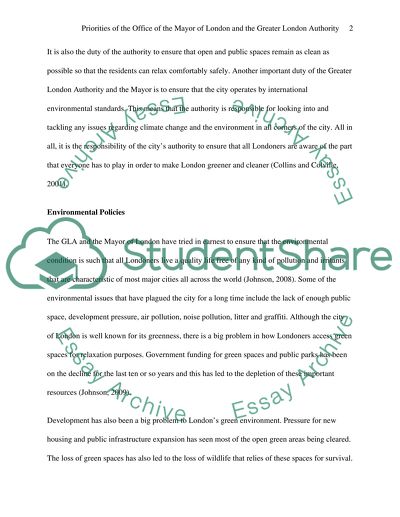Cite this document
(“Priorities of the Office of the Mayor of London and the Greater London Essay - 1”, n.d.)
Retrieved from https://studentshare.org/mathematics/1429030-priorities-of-the-office-of-the-mayor-of-london
Retrieved from https://studentshare.org/mathematics/1429030-priorities-of-the-office-of-the-mayor-of-london
(Priorities of the Office of the Mayor of London and the Greater London Essay - 1)
https://studentshare.org/mathematics/1429030-priorities-of-the-office-of-the-mayor-of-london.
https://studentshare.org/mathematics/1429030-priorities-of-the-office-of-the-mayor-of-london.
“Priorities of the Office of the Mayor of London and the Greater London Essay - 1”, n.d. https://studentshare.org/mathematics/1429030-priorities-of-the-office-of-the-mayor-of-london.


